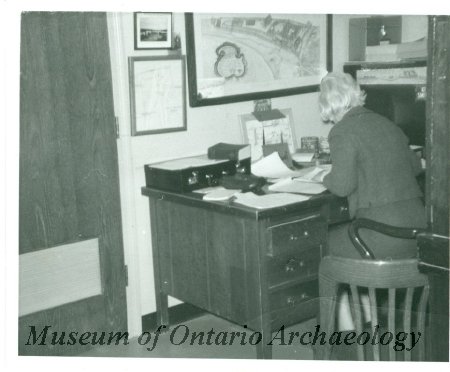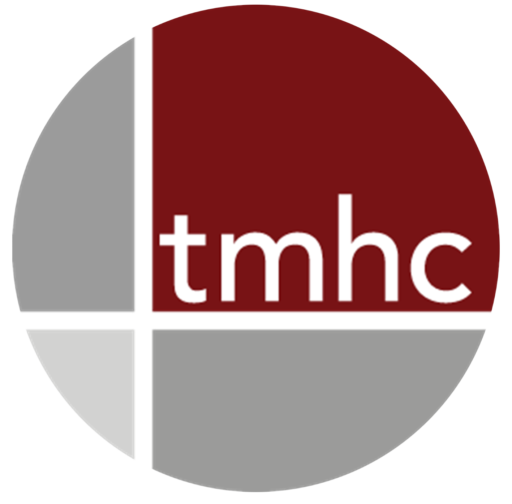Lawson Site
Hobby to Archaeology: The Jurys (1920s-1950s)
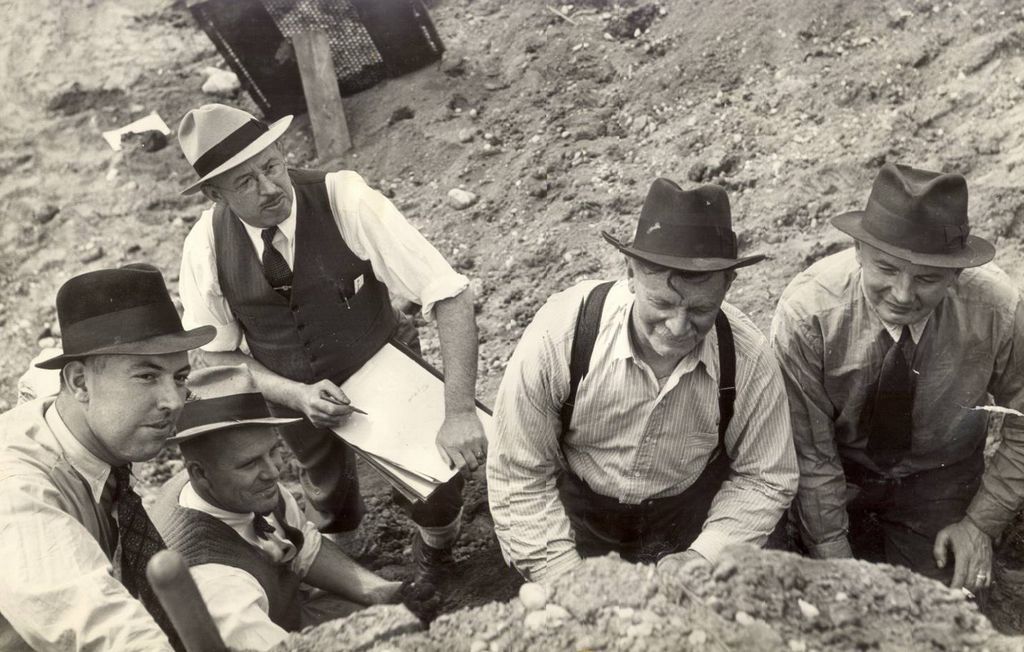
Amos (2nd from right) and Wilfrid Jury (right) at the Clearville Site
W. Wilfrid and Amos Jury
During Wintemberg's excavations at the Lawson Site, he supposedly encountered two local relic hunters, W. Wilfrid Jury and his father Amos. The three would meet again in 1930 during one of Amos and Wilfrid's exhibits of their collection at the Western Fair in London. Wilfrid Jury would later become Wintemberg's field assistant on several sites as he turned from relic hunting to archaeology. Wilfrid Jury became foundational to London's archaeological community, promoting the Lawson Site and conducting the occasional excavation between the 1930s and 1950s.
- Research by Matthew Beaudoin (State of the Lawson Site 2015)
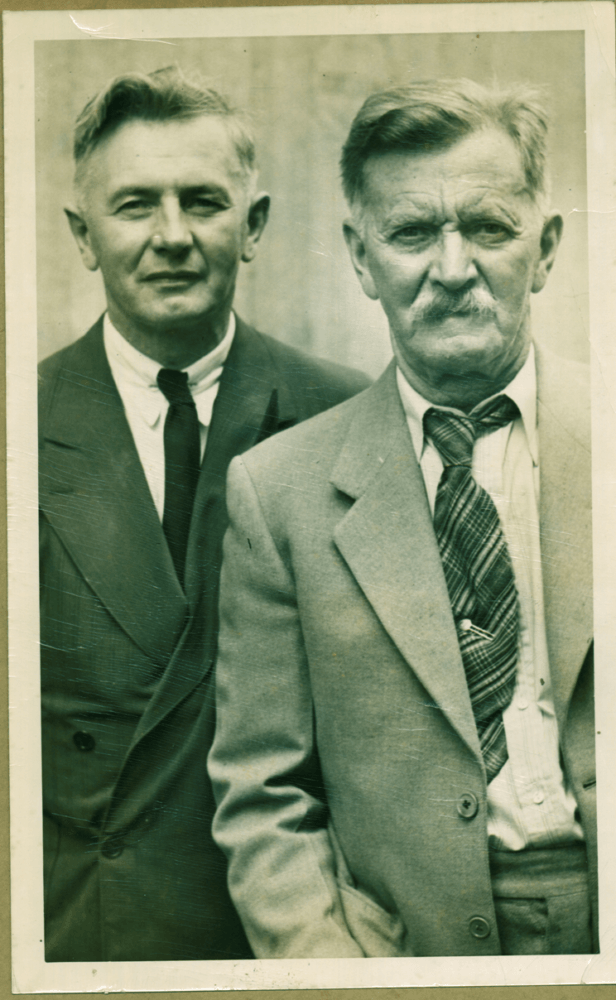
Wilfrid (left) and Amos Jury
Wilfrid Jury and the Museum of Indian Archaeology and Pioneer Life
After conducting several archaeological field schools for the University of Western Ontario at various sites across Ontario, Jury convinced the Lawson Site's landowner, Tom Lawson, to donate the property to the University in 1969, something his father and the site's namesake, Ray Lawson, had expressed interest in fulfilling. Jury then founded the Museum of Indian Archaeology and Pioneer Life, originally located at Western in Sommerville House. After they married, Wilfrid and Elsie Jury would go on to excavate several significant Ontario sites including Ste. Marie, Forget and Penetanguishene. Many of the Jurys' notes and collections are currently housed at the contemporary Museum of Ontario Archaeology, awaiting researchers interested in their contents.
- Research by Matthew Beaudoin (State of the Lawson Site 2015)
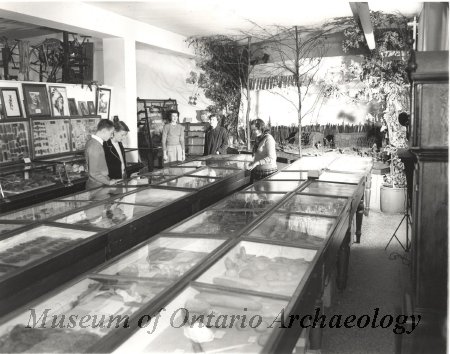
Museum of Indian Archaeology and Pioneer Life
